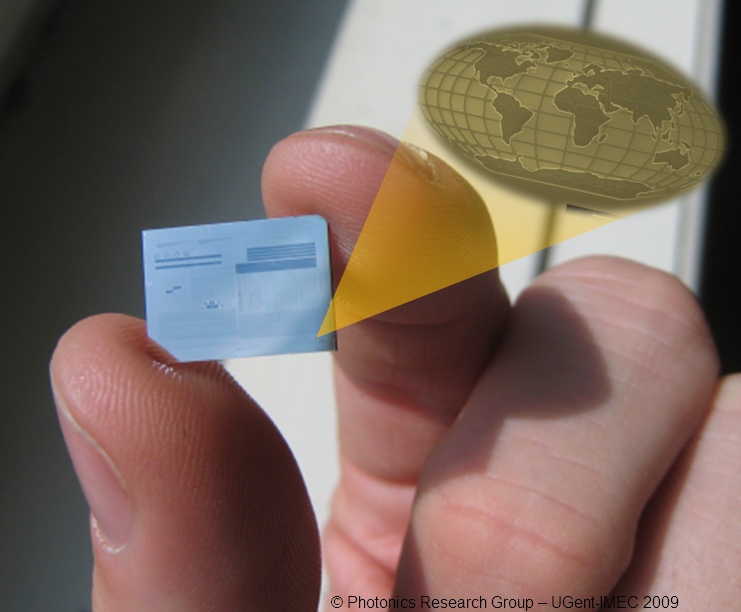
The Japanese Spider Crab is the biggest arthropod on Earth--their legs are believed to grow up to 12 feet long. But since they live at such great depths (typically 1,000 feet down or so) a full grown spider crab has yet to be caught. So for now, we'll have to make due with the 5 foot long Crabzilla, one of the largest known crabs in the planet.
The crabs are commonly found in the Pacific in 1,000 ft (300m) deep waters but have been known to live deeper.
The crabs are commonly found in the Pacific in 1,000 ft (300m) deep waters but have been known to live deeper.
"It is rumoured these crabs can grow as big as four metres,
big enough to straddle a car."
With 10 legs, believed to live up to 100 years, and the biggest of them believed to be lurking at depths over 2,000 feet, few creatures retain as much mystique as the spider crab.
[Source: www.treehugger.com]























.png)




